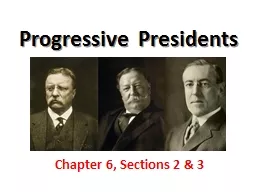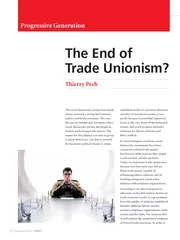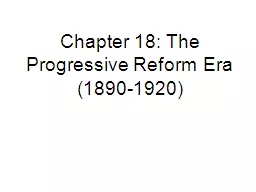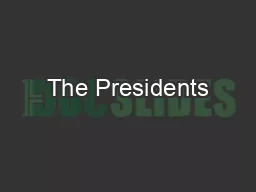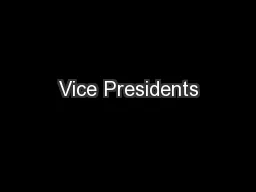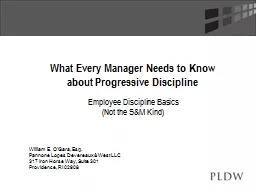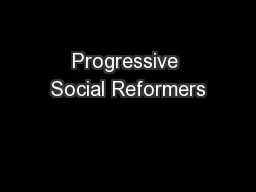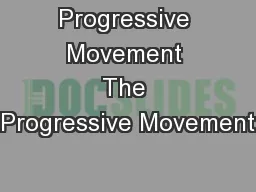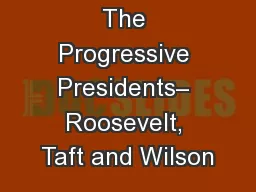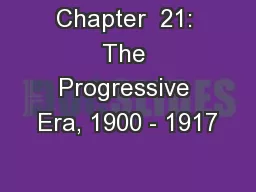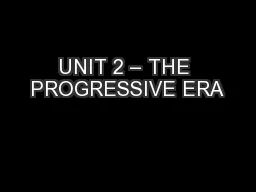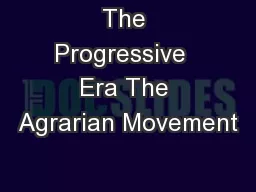PPT-Progressive Presidents Chapter 6, Sections 2 & 3
Author : leusemij | Published Date : 2020-06-19
Theodore Roosevelt 1 Theodore Roosevelt became Governor of New York after previously working in lower offices and becoming famous as a war hero He was pushed out
Presentation Embed Code
Download Presentation
Download Presentation The PPT/PDF document "Progressive Presidents Chapter 6, Sectio..." is the property of its rightful owner. Permission is granted to download and print the materials on this website for personal, non-commercial use only, and to display it on your personal computer provided you do not modify the materials and that you retain all copyright notices contained in the materials. By downloading content from our website, you accept the terms of this agreement.
Progressive Presidents Chapter 6, Sections 2 & 3: Transcript
Download Rules Of Document
"Progressive Presidents Chapter 6, Sections 2 & 3"The content belongs to its owner. You may download and print it for personal use, without modification, and keep all copyright notices. By downloading, you agree to these terms.
Related Documents

